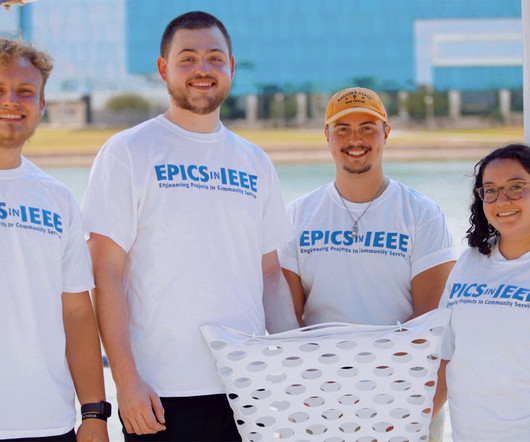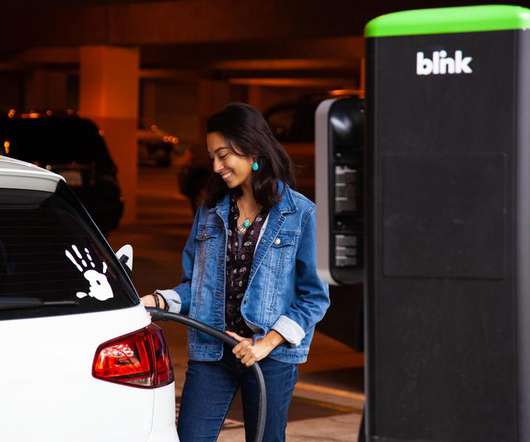Students Use Their Tech Know-How to Protect the Environment
Cars That Think
APRIL 20, 2023
Climate change is a problem for communities around the world. According to the Natural Resources Defense Council , climate change contributes to severe weather events such as hurricanes, flooding, and tornadoes, as well as long-term drought and regularly occurring heat events in traditionally moderate climate zones.












Let's personalize your content